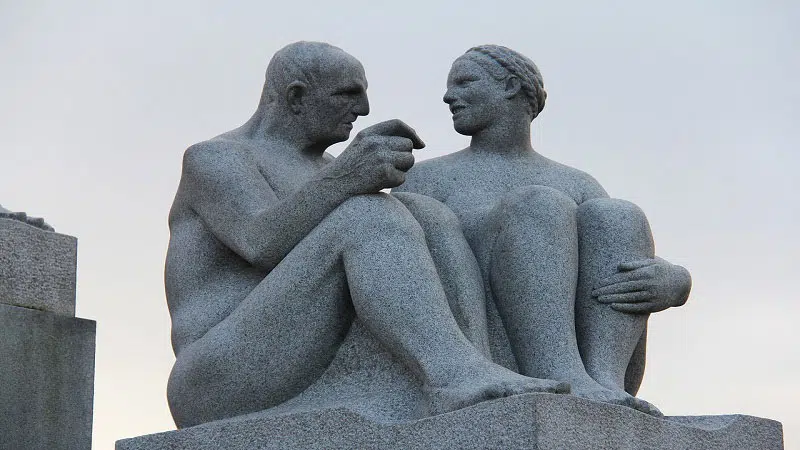
Explore Vigeland Sculpture Park
The iconic Vigeland Sculpture Park (Vigelandsanlegget), which sits inside Oslo’s famous Frogner Park (Frognerparken), is one of Norway’s most famous tourist attractions. Open year-round, this unique sculpture park is Gustav Vigeland’s lifework and contains 650 of his dynamic sculptures in bronze, granite, and wrought iron.The majority of the sculptures are in five themed groups along a 853-meter-long axis. The oldest is the fountain group, depicting the cycle of human life, beyond which can be seen the 16-meter-high Monolith, comprising 121 intertwined human bodies.Tourists will want to spend time exploring the rest of Frogner Park, where there are ample green spaces for picnics, recreational facilities, an enormous rose garden, and the nation’s largest playground. Here, you can also find the Oslo City Museum (Oslo Bymuseum), as well as the Vigeland Museum (Vigelandmuseet), which is just outside the park.
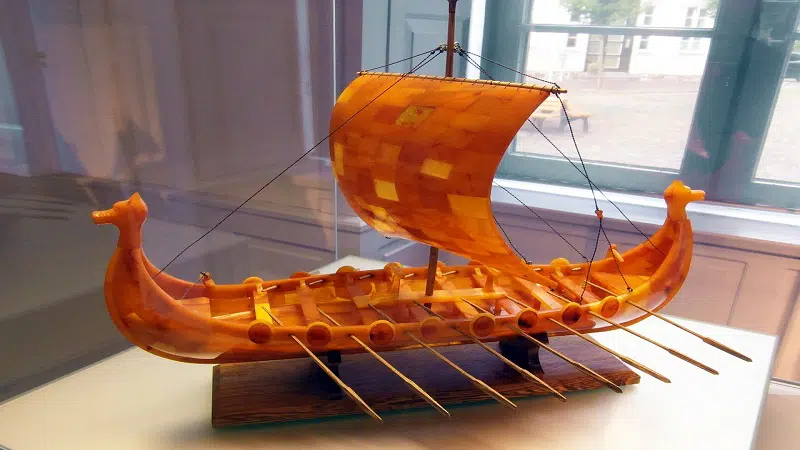
The Viking Ship Museum
No trip to Norway would be complete without visiting at least one of the many museums and exhibits dedicated to the country’s Viking past. One of the best is the Viking Ships Museum (Vikingskipshuset på Bygdøy). This popular attraction is home to three historic 9th-century vessels, the best-preserved being the 21-meter-long Oseberg Ship.
The largest surviving pre-Christian artifact in Scandinavia, this impressively decorated vessel was built around AD 800 and was used for the burial of a chieftain’s wife and two other women. They were buried with a large selection of items, including furniture, clothing, and personal items, which provide a great deal of insight into Viking life.
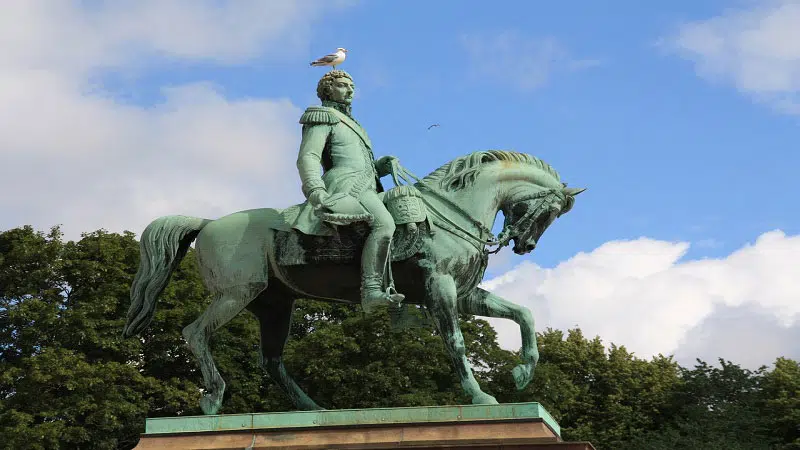
Tour the Royal Palace
Located high up on the northwest end of Karl Johansgate, the Norwegian Royal Palace (Slottet) was built in 1825 and dominates the cityscape. The impressive 173-room building is open to the public for guided tours during the summer only, with English-language guides available four times daily.
Tours include the Cabinet Parlour and Cloakroom, the White Parlour, Mirror Hall, Great Hall, Banquet Hall, and other significant rooms in the palace. Visitors are also free to wander the grounds and gardens or watch the regular changing of the guard year-round. Just to the south of the palace sits the Norwegian Nobel Institute (Det Norske Nobelinstitutt) where the Nobel Peace Prize is presented.
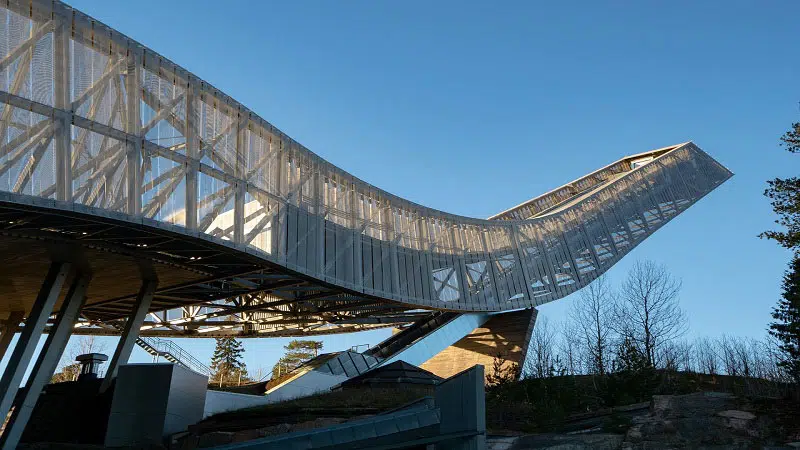
Holmenkollen Ski Jump and Museum
Located at the base of Holmenkollen Ski Jump (Holmenkollbakken), the Ski Museum is the oldest of its kind in the world, open since 1923. Here, ski enthusiasts will find exhibits and artifacts chronicling nearly 4,000 years of ski history and exploring various related topics, including weather and polar exploration.
The oldest ski on display here dates back to AD 600, and there are several other examples, including skis from the 8th, 10th, and 12th centuries. Other skis in the collection represent a wide variety of terrain and uses, from mountain skis to fast skis, and even the longest skis.The museum also has a Hall of Fame dedicated to great Norwegian skiers, interactive exhibits about modern skiing and snowboarding, and information about Fridtjof Nansen’s polar explorations on the ship Fram. Guided tours include the Ski Jump and its Jump Tower Observation Deck, which has excellent views over the city.
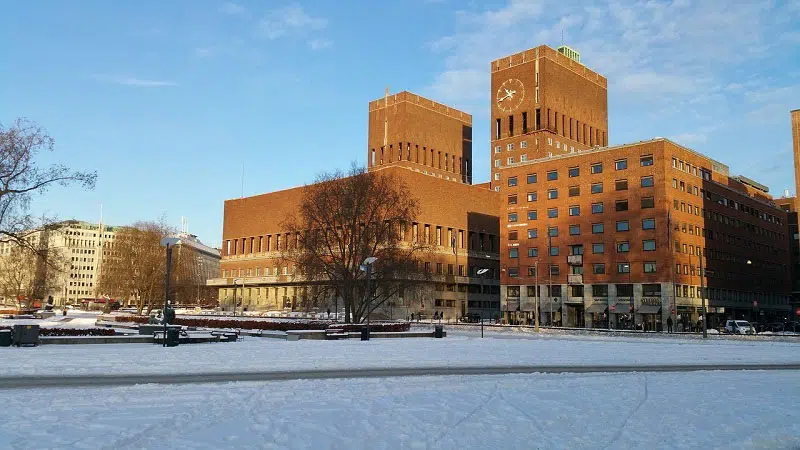
City Hall (Rådhuset)
Oslo’s enormous City Hall (Rådhuset) is undoubtedly one of the city’s great landmarks. This imposing square building, built of concrete faced with brick, was designed by Arnstein Arneberg and Magnus Poulson and has two towers, one of them adorned with a huge clock face. One of the towers houses the 38 bells that can be heard chiming throughout the harbor area.
As well as its fascinating facade with its sculptures and reliefs, the interior is also worth a visit. Here, you’ll see a rich fresco created by Henrik Sørensen, Per Krohg, Edvard Munch, and other famous Norwegian artists.
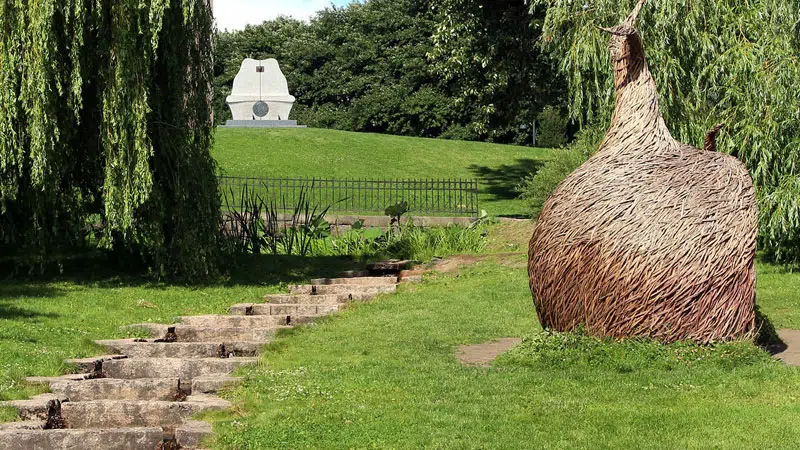
Natural History Museum & Botanical Gardens
Oslo’s Natural History Museum (Naturhistorisk museum) – consisting of the Geological Museum, the Zoological Museum, and Botanical Gardens – is Norway’s largest natural history collection. The Geological Museum includes minerals, precious metals and meteorites, plus an impressive collection of dinosaur skeletons, while in the Zoological Museum you’ll find dioramas of Norwegian fauna. Best of all, however, is the exquisite Botanical Garden.Founded in 1814, the garden features 7,500 different plant species from Norway and other parts of the world, 1,500 of them located in the beautiful Rock Garden with its waterfalls.
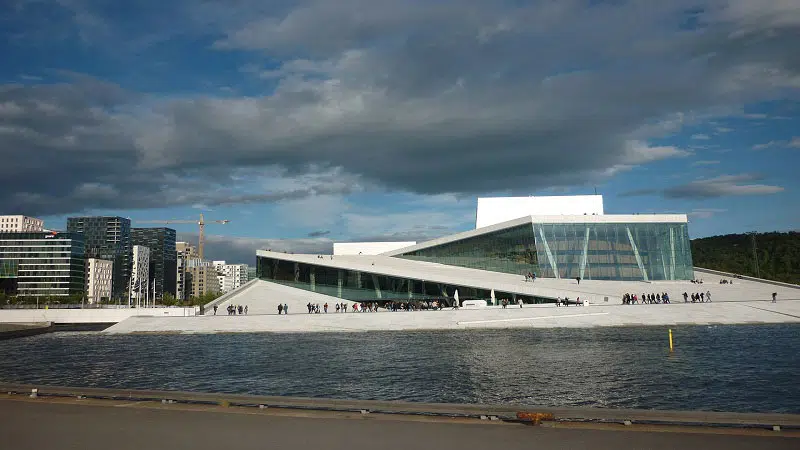
Oslo Opera House and Annual Music Festivals
Home to the Norwegian National Opera and Ballet, as well as the National Opera Theatre, the 1,364-seat Oslo Opera House (Operahuset) seems to almost want to slip into the city’s harbor, an effect exaggerated by its angled exterior surfaces. Clad in Italian marble and white granite, the Opera House is the largest cultural building constructed in Norway since Trondheim’s Nidaros Cathedral in the 14th century.
In addition to its many performances, visitors can also participate in a variety of interesting public programs and behind-the-scenes tours, as well as enjoy the views from a stroll on the building’s roof.
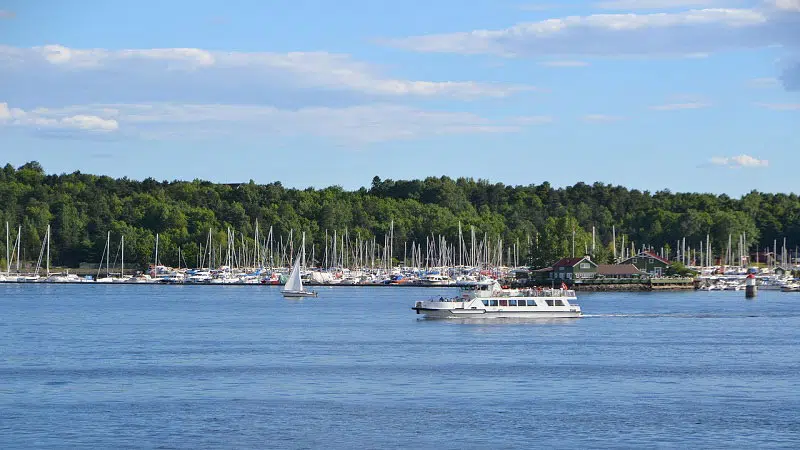
Oslo Norway port
Norway’s biggest & busiest port, serving large container vessels, cruise ships & ferries. Port of Oslo is ranged as the largest port in Norway. The container terminal at Sjursøya receives and distributes consumer goods to most of Norway. “Half of Norway” actually live within a close range of 3 hours from the port, and you can distribute your cargo by road or by rail.
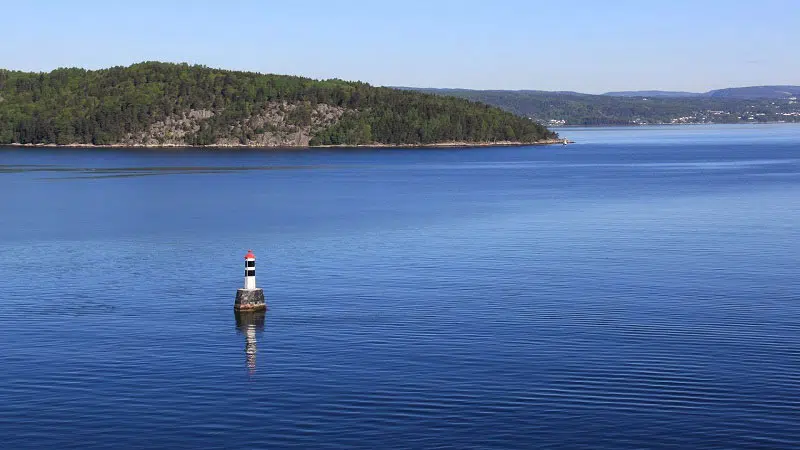
Oslofjord
Visitors ready for a day in the outdoors won’t want to miss Oslofjord, which contains a highly scenic collection of islands in southeast Norway. Island hopping by ferry is a popular summer activity, giving travelers an opportunity to sample each island’s uniqueness. Some islands offer great swimming, but all offer the perfect spot to eat a picnic lunch, all within minutes from Oslo. Oslofjord also is a good place to go canoeing, sail ring, kayaking, camping or fishing. Visiting Oslofjord offers a relaxing day and the chance to gaze upon the fjord’s deep blue water that is punctuated with the occasional lighthouse.
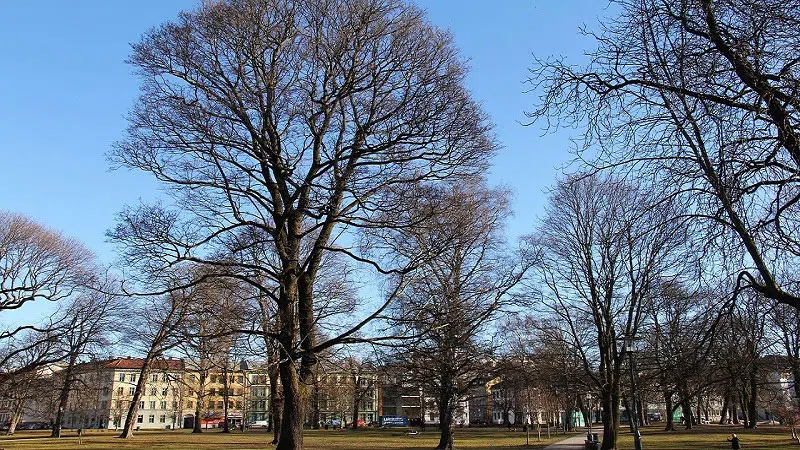
Grünerløkka Scenery
Grünerløkka is a borough of the city of Oslo, Norway. Grünerløkka became part of the city of Oslo (then Christiania) in 1858. Grünerløkka is a traditional working class district, but from the late 20th century a gentrification process has taken place in the area. Although it is located in the East End, it has a relatively high price level today compared to other East End areas.
